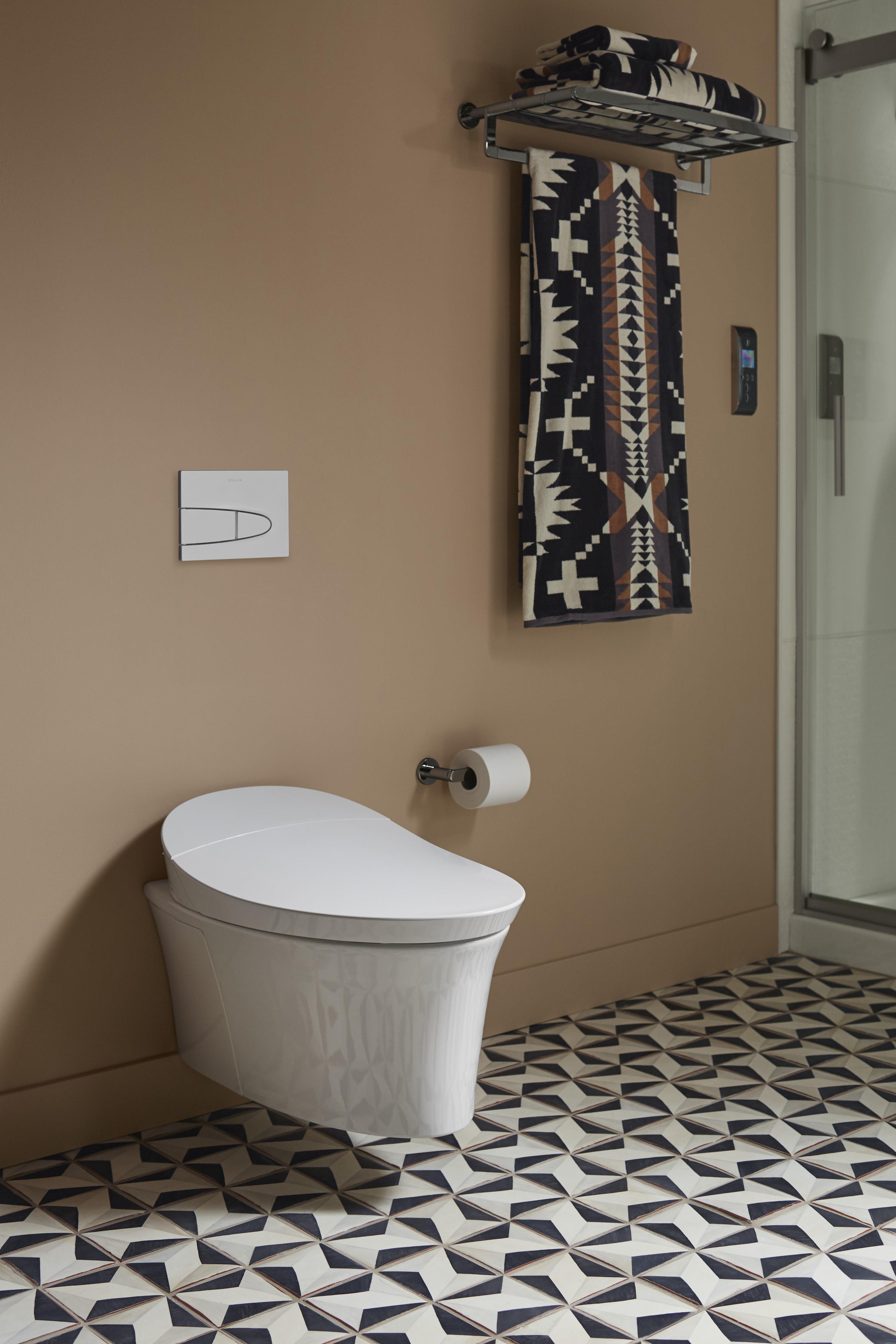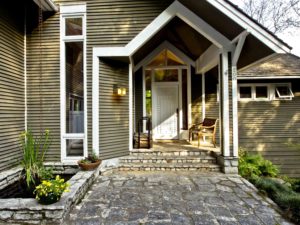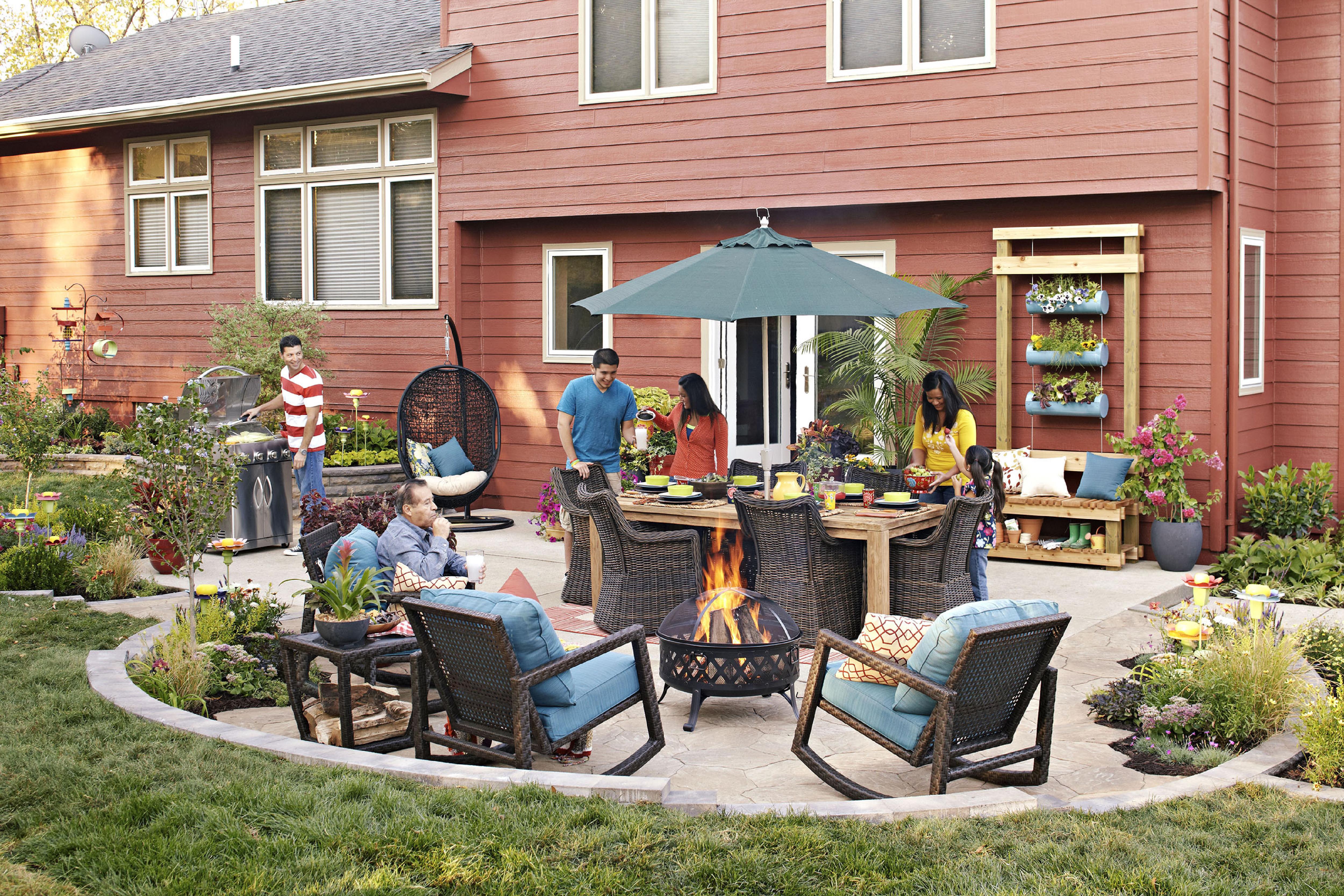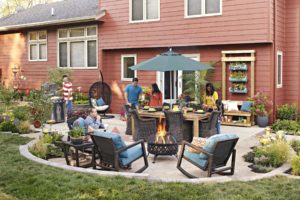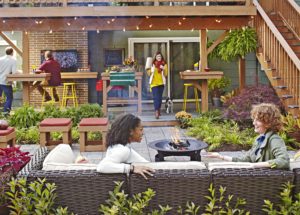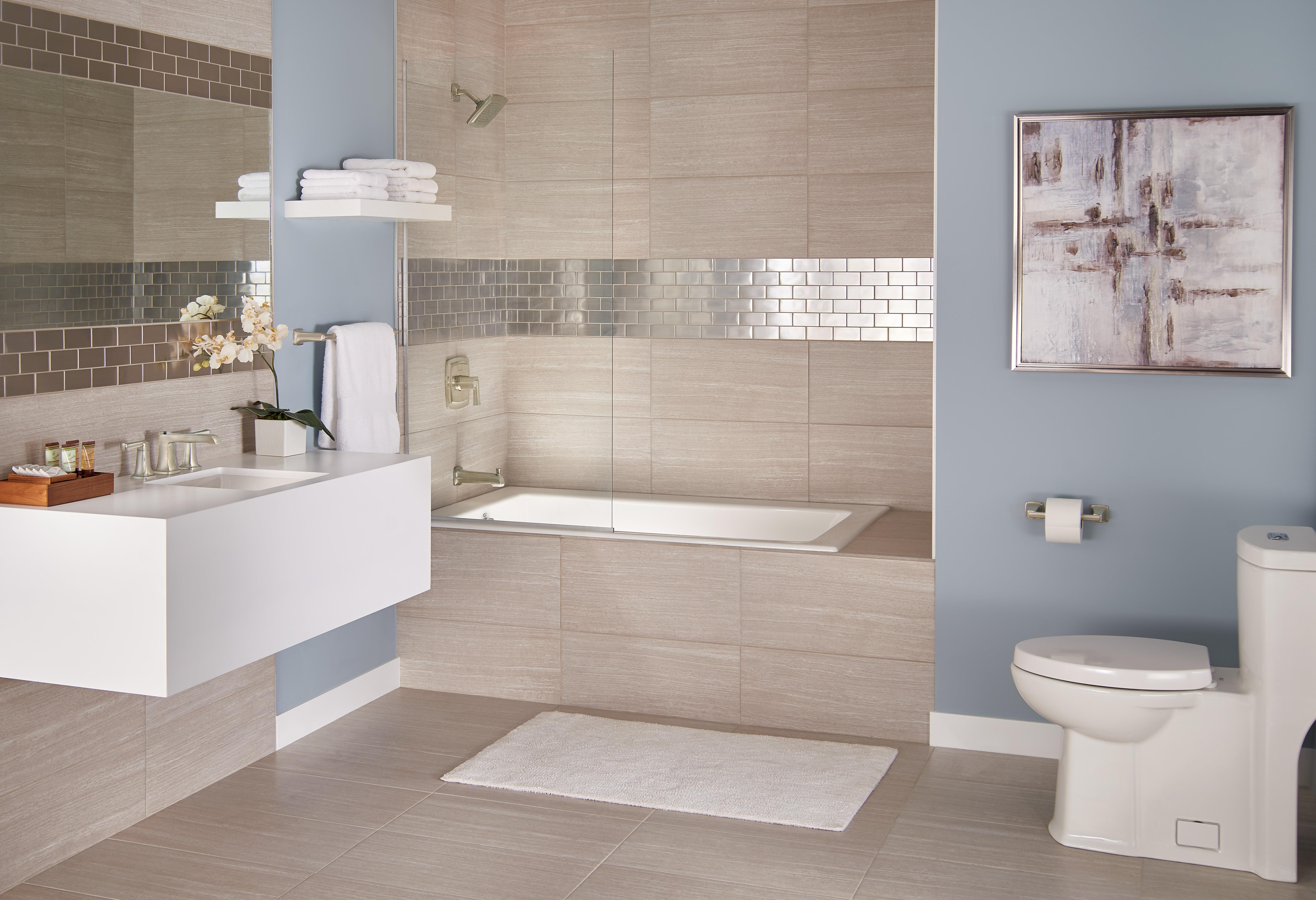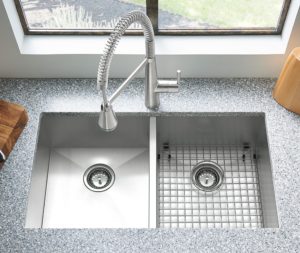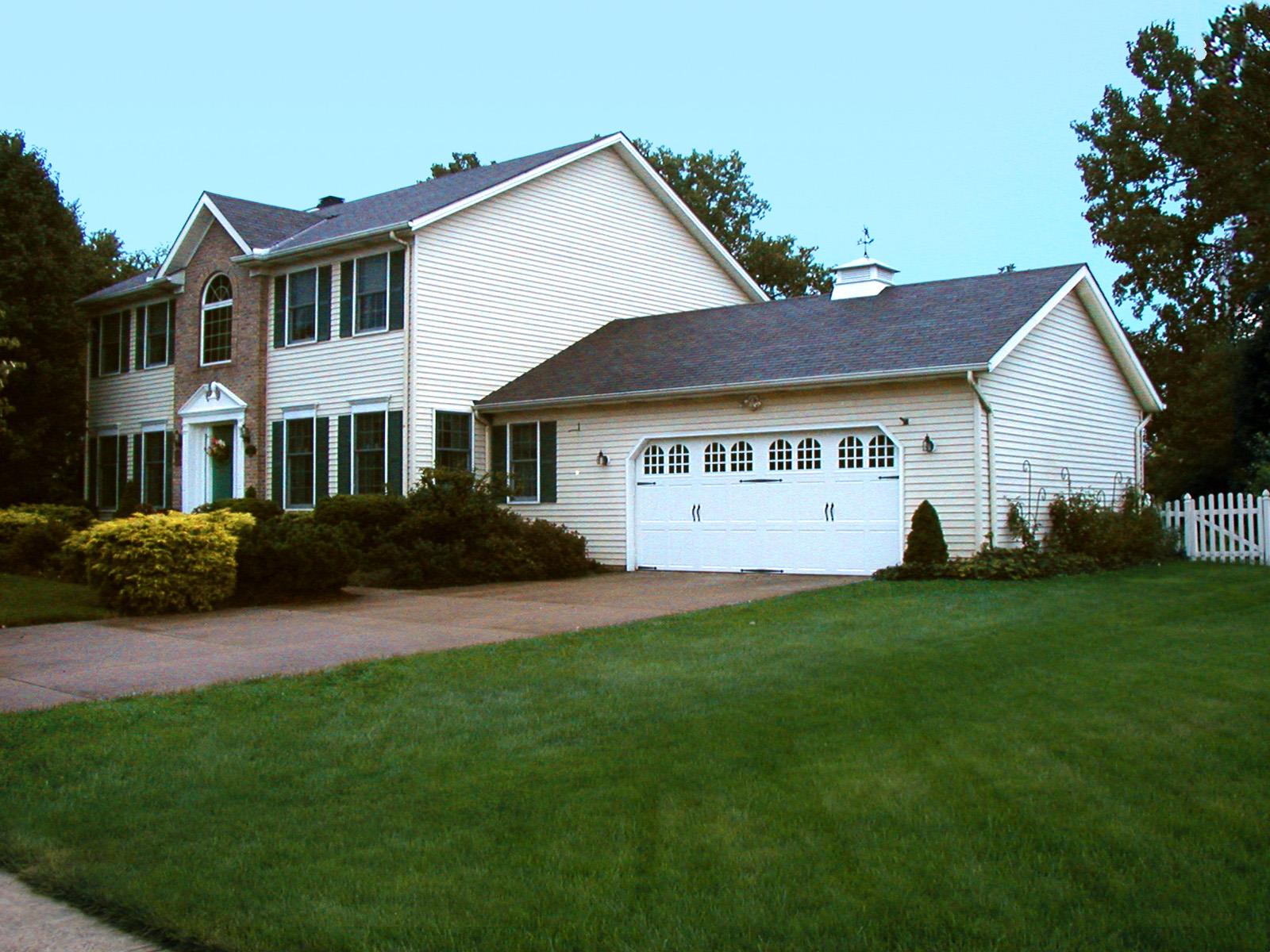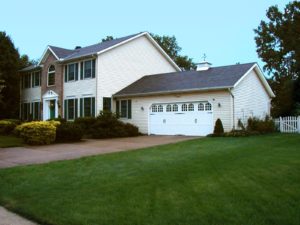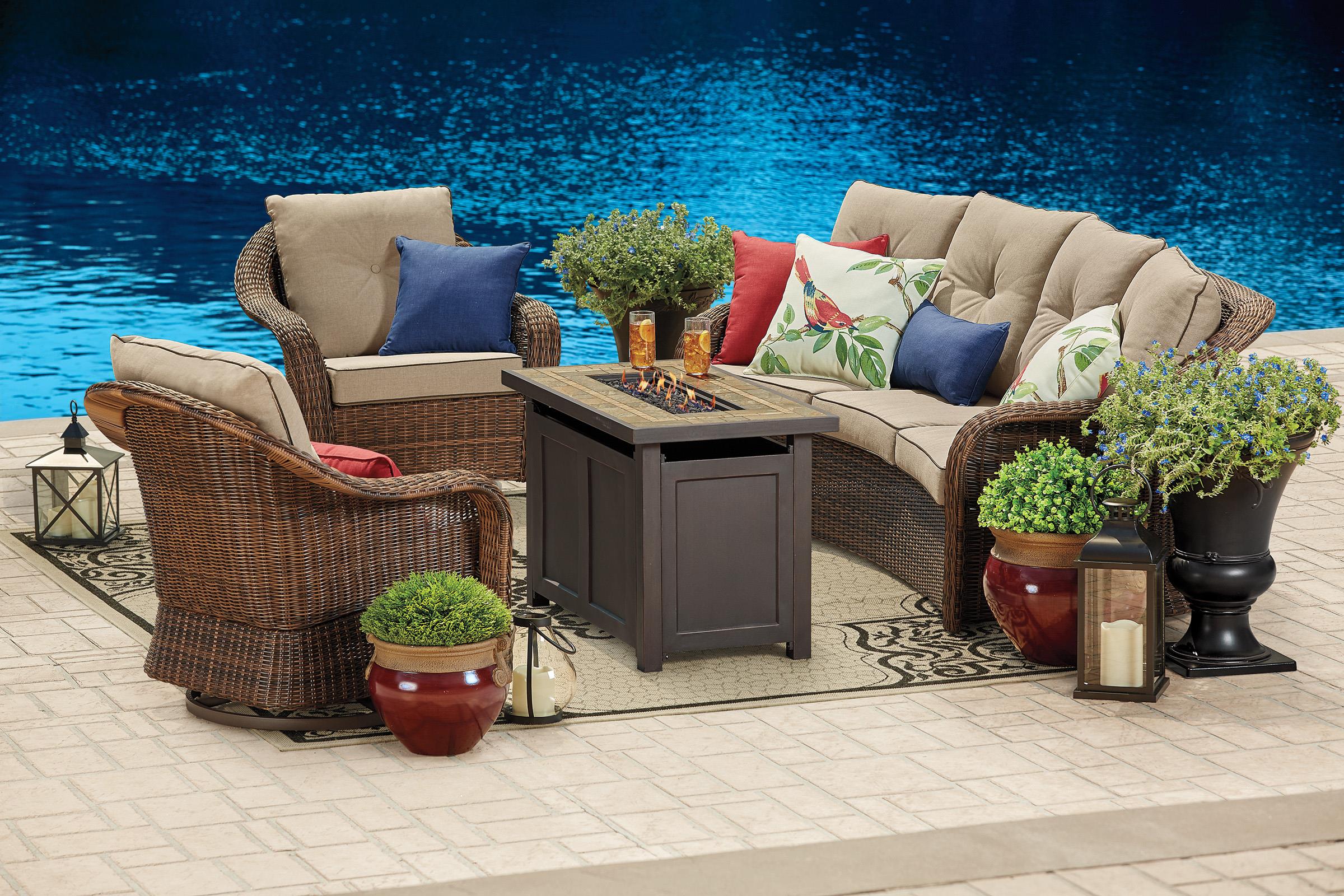 (BPT) – As homeowners begin to dream up plans to update their kitchens and bathrooms, they can spend hours searching for inspiration on the web or one of the many home renovation television shows. There’s no shortage of beautiful ideas and designs out there, but before you make any decision, you should start with the crucial question: What is it I really want?
(BPT) – As homeowners begin to dream up plans to update their kitchens and bathrooms, they can spend hours searching for inspiration on the web or one of the many home renovation television shows. There’s no shortage of beautiful ideas and designs out there, but before you make any decision, you should start with the crucial question: What is it I really want?
A recent study conducted by the home design website Houzz found that the two things homeowners want most for their bathroom are style and ease of cleaning. In effect, people want their bathrooms to exhibit both function and design.
Of course, there are the conventional bathroom remodel options, such as a new faucet, countertop or shower fixture, all of which can be stunning and transform not just your bathroom but your house. But the most commonly used bathroom component is often the most overlooked: the toilet.
Eighty-three percent of Americans claim there’s something they want to improve upon with their toilets, according to a survey by Kohler. The question is what.
This statistic should give homeowners pause and invite them to think beyond the conventional bathroom remodeling ideas and re-imagine the possibilities.
Comfort, Hygiene and Style
Travelers returning from Italy, Spain, Argentina and Japan often rave about the unexpected luxury of using a bidet. While popular in many other countries, bidets are only just now catching on in the United States, moving from high-end luxury bathrooms and hospitals (where they’re used for their superior hygiene) into household bathrooms across America.
As the leading manufacturer of modern bidets, Kohler has been working to incorporate the trifecta of comfort, hygiene and style into their intelligent toilets.
Built directly into an ergonomically shaped toilet seat, a stainless-steel bidet wand offers adjustable water temperature, pressure, position and shape, along with pulsating and oscillating functions to maximize the comfort of the experience.
But that’s not all. To better introduce Americans to the international phenomenon of bidets, Kohler’s intelligent toilets feature a heated seat, warm air dryer and added sanitary features such as hands-free flushing and a deodorizing seat.
A Redefined Bathroom
Equipped with smart technology that allows a person to fully customize their experience, such ultra-modern bidets may change how Americans go to the bathroom – but only if the look is right.
Consumers are not willing to sacrifice design for functionality; they want it all. For anyone who has used or seen a Veil Intelligent Toilet, it’s evident that the same exacting standards it brings to cleanliness and hygiene go into its crisp, clean look.
A recent survey by Kohler suggests 33 percent of homeowners would be excited to upgrade their toilets. With this latest generation of toilets and bidets, it’s likely that more people will want to redefine their bathroom with these stunning new options.

